Ancient Psychedelia: Alien Gods & Mushroom Goddesses
Online Book - Chapter 2, Page 33
Back to Online Book Mainpage / Next Page (Chapter 2, Page 34)
| The double axe went on to become the symbol for Greek and later Roman fascism and may be seen featured on Roman coins of Nero from Lydia, c. 68-64 AD (53m). A further association that links the mushroom to the axe is the fact that the bull figures on walls in Minoan Crete would sometimes be featured with a double-axe above its head (27L), not for the idea of ritual slaughter, but because both were symbols of the goddess and the mushroom. Further evidence that shows the axe symbol associated with the goddess was not involved in slaughter originally, Gimbutas explains in her book how the symbol of the goddess with the double-axe predated the use of metal axes by several thousand years. She explains how this symbol evolved from the butterfly, but I beg to differ in detail. The symbol evolved from the mushroom, and the way it was occulted was by use of the butterfly as the symbol to replace it in public, which leads me to suspect the butterfly was the origin for our later Phoenix mythology, where the bird is “reborn” from its own ashes. (39) I will cover this more in the Greek section. The axe, despite what historians and scholars have said over the years, was never a “sacred symbol.” The mushroom was the sacred symbol. The axe came during and after the rule of the Patriarchy and kingship. The axe was used to cut down the trees, which were the shrines to the goddess, the earth mother. The double axe became the “battle axe.” 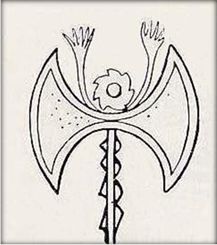 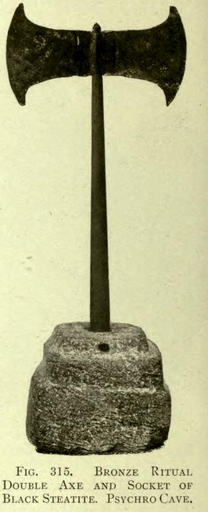 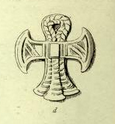 Left: (00a) – Middle: (00c) – Right: (00j) 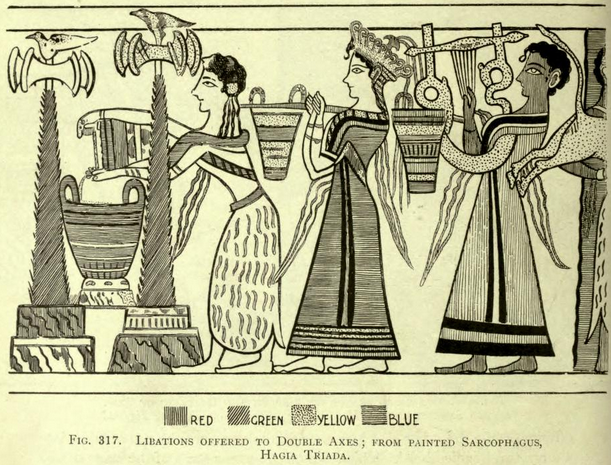 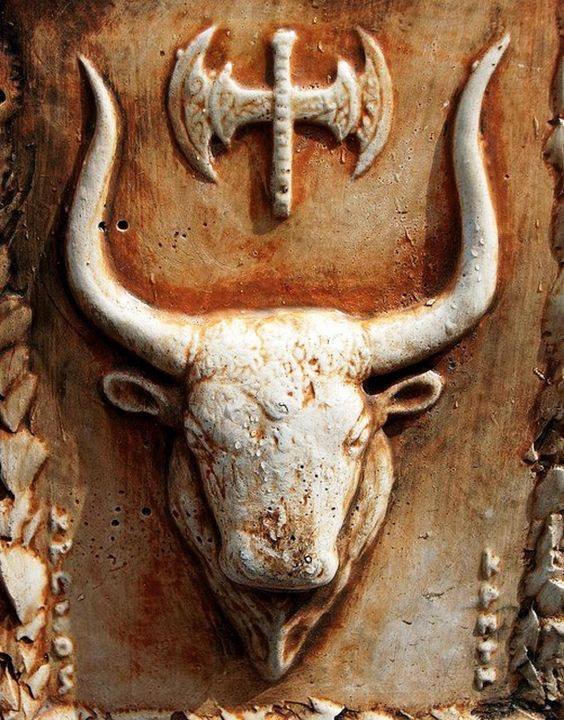 Left: (oob) – Right: (27 L) |
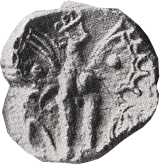 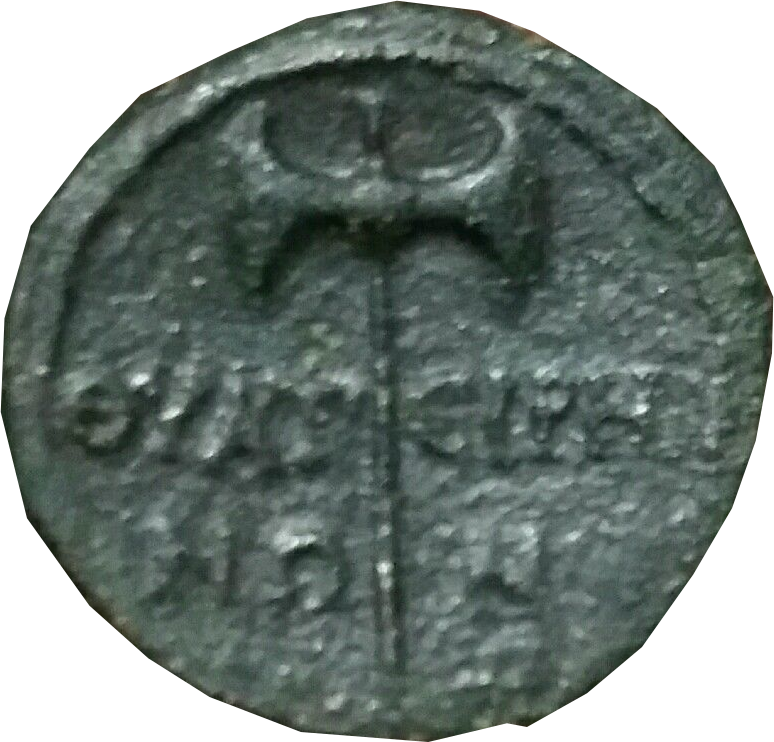 L: (00e) – R: (53m) The Hammer This should go without saying, since we took a look at the axe already, but the hammer is equally important as a tool and should be considered as we look at the tools possibly inspired by the shape of the mushroom. All thunder deities use the hammer as a part of their function, such as Thor, Odin, Vulcan and Hephaestus. The hammer smashing of the gods is what is said to evoke the lightning and thunder in mythological poetry. The shape, once again, infers mushroom symbolism (43k). 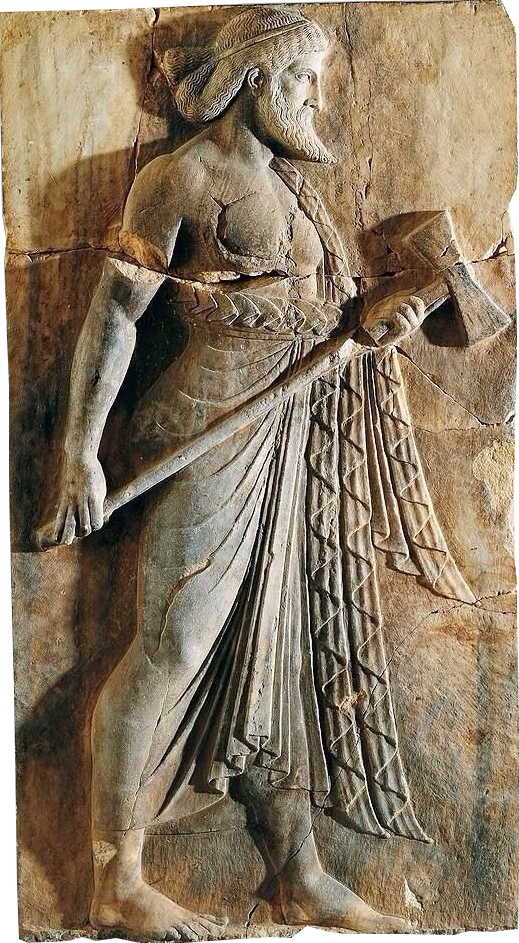 (43k) Marble Relief of Vulcan c. 50 AD (39) ibid, p 186 |
Go Back to Page 32